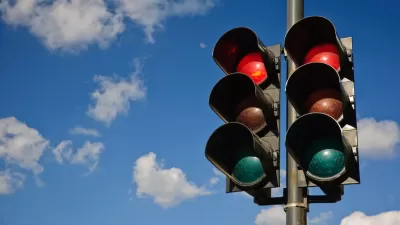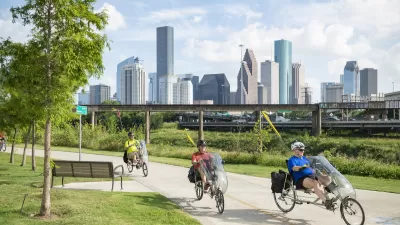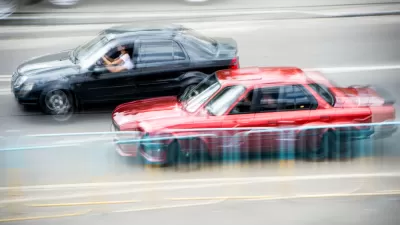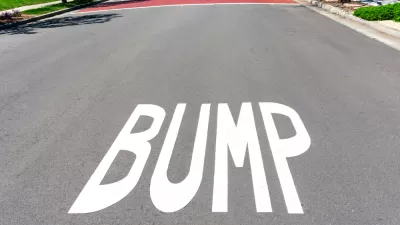Red light cameras are usually controversial. In Houston voters chose to remove 50 cameras at high-risk intersections. Since then, crashes have increased 117 percent.

James Pinkerton reports: "Auto crashes more than doubled at busy Houston intersections after red light cameras were pulled from those areas, according to figures released by the Houston Police Department."
The decision to remove the cameras was costly in financial terms as well: "The controversial network of cameras installed at 50 high-risk intersections was taken down after it was defeated in a November 2010 referendum, halting an estimated $10 million in annual revenue to HPD. After the vote, the city filed a lawsuit against American Traffic Solutions, based in Arizona, to settle a breach of the camera contract, and eventually agreed to reimburse ATS $4.8 million for early termination."
The traffic safety figures came to public attention during a Public Safety Committee hearing regarding the "Strategic Growth Plan" under consideration by the Houston Police Department.
FULL STORY: Crashes double at Houston intersections after red light cameras pulled

Trump Administration Could Effectively End Housing Voucher Program
Federal officials are eyeing major cuts to the Section 8 program that helps millions of low-income households pay rent.

Planetizen Federal Action Tracker
A weekly monitor of how Trump’s orders and actions are impacting planners and planning in America.

Ken Jennings Launches Transit Web Series
The Jeopardy champ wants you to ride public transit.

Philadelphia Is Expanding its Network of Roundabouts
Roundabouts are widely shown to decrease traffic speed, reduce congestion, and improve efficiency.

Why Bike Lanes Are Good: An Explainer for the US Transportation Secretary
Sean Duffy says there’s no evidence that bike lanes have benefits. Streetsblog — and federal agencies’ own data — beg to differ.

California Invests Additional $5M in Electric School Buses
The state wants to electrify all of its school bus fleets by 2035.
Urban Design for Planners 1: Software Tools
This six-course series explores essential urban design concepts using open source software and equips planners with the tools they need to participate fully in the urban design process.
Planning for Universal Design
Learn the tools for implementing Universal Design in planning regulations.
Ada County Highway District
Clanton & Associates, Inc.
Jessamine County Fiscal Court
Institute for Housing and Urban Development Studies (IHS)
City of Grandview
Harvard GSD Executive Education
Toledo-Lucas County Plan Commissions
Salt Lake City
NYU Wagner Graduate School of Public Service





























